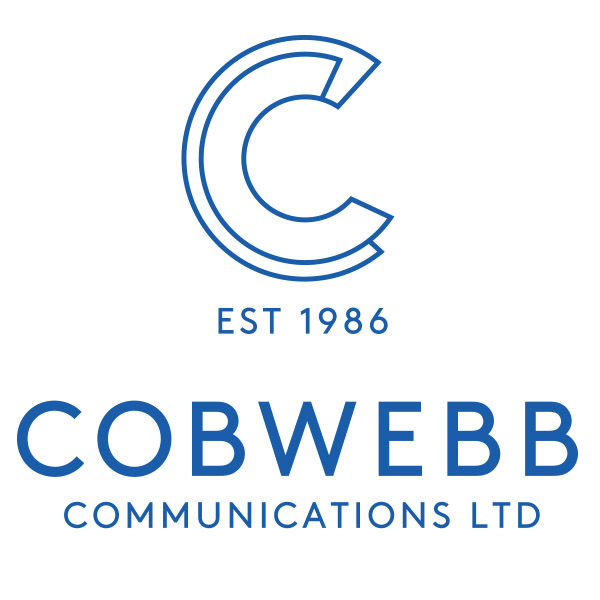Please enable JavaScript to view this site.
The PPD Process
The spooled file created by the user's application is not changed and remains exactly as it was, unless the option to delete is taken within the Cobwebb Spooled File Monitor.
Cobwebb Document Management makes a copy of the spooled file and uses the PPD instructions in the PPD file to create the revised print page with a separate copy of the page for each printer/fax, as required.
Each spooled file is made up of pages and lines within each page. The text on any line can be blanked out, moved or copied to any other line on the same page. Additional lines can be inserted and unwanted lines can be deleted. Data cannot be moved from one page to another.
Text can be inserted; in particular Cobwebb Text Enhancement characters and Graphics overlay and logo names can be inserted in the text. Overlays and logos can be inserted conditionally. Thus a logo can be inserted depending on a 'Department Code'.
The spooled file can be split up into different files for output to different Output Devices depending on specified 'conditions'. Thus Purchase Orders over a specified value are printed while the others can be faxed. The same page can be output to more than one Output Device.
Up to 10 Fonts can be specified in a Font Group. The Font Group is specified in the Output device. The fonts are included in the spooled file using #F0 - #F9 Text Enhancement codes. Normally only one or two fonts are required.
Around 100 fonts are supplied with the IBM i in the IBM i font library QFNTCPL, a range of 10, 12, 15 character per inch fixed pitch fonts are available in normal, bold and italic. If want to use variable pitch fonts, such as Times New Roman or Helvetica (very similar to Arial) you will need to order ‘Advanced Function Printing Fonts for OS/400’ (Product Identifier 5769-FNT for Version 4, Feature Code #2150).
The Graphics file contains the overlays/logos which are used by the PRTPPD command. The Width and Height of the Graphics image (measured in pixels) is extracted automatically from the image, when importing the PC XPD file.
The Number of Lines in the Graphics header controls whether the Graphics are a logo by indicating the number of lines to leave before printing the first line of text. If the number of lines is zero or blank the graphics are an overlay.
Graphics can only be created for the Graphics file using the Cobwebb PPD Printer Driver. The create Graphics member option requests the PC file name which has been used in the Printer Driver. The Graphics file is inserted using the form #Gnnnnnnnn, where nnnnnnnn is the Graphics file member name.
The Barcode file specifies the Barcode name, type and print position of each Barcode. The Barcode letter specifies the Barcode and is referenced in the COPY/MOVE instruction.
If the Barcode Position is specified in the file the Barcode is placed in that position on the printed document, if the position is zero the Barcode is placed in the Copy/Move ‘To’ position.
The Type of Barcode is specified in the Barcode File and can be chosen from the list of available codes. Note that the EAN 13 code depends on the first 2 characters of the code to determine it’s exact format, so be sure to test with current Barcodes for your test data.
Output devices can be defined as Print (*SCS, *HPT, *AFP), Fax (*FAX), Email (*EML), File (*FIL) or Display ( *DSP). Each device has a unique name and can be used in any PPD file. More than one device can be specified making it possible to output a page to several devices. Output can be conditional so that it can be distributed according to tests within the spooled file data.
The Printer Resource file specifies the resources to be used with AFP printing, i.e. overlays to be downloaded to the printer, printer drawer selection and duplex printing options. Specifying overlays as printer resources dramatically speeds up printing, as the overlays are held in the printer and not downloaded with each page.
Up to 10 different resource profiles can be specified and called in during the printing of the spooled file.
PPD Users need only be defined if you wish to direct your printed output to a particular printer depending upon the owner of the document to be printed. To enable this facility you need to specify *USR in the Output queue entry on your Output Device. If a user has not been set up then the print will be directed to the default device specified in the Printer Device name of your Output Device.
The Fax and Email directories can be used to hold any fax numbers or email addresses that are required to direct your output. The “Directory” entry could be a Customer/Supplier number that would normally be printed on your spooled file which can then be used to lookup the directory for the correct destination. There is also a General directory which can be a useful place to store a list of libraries, or Printer Names that you wish to be used in your PPD.
